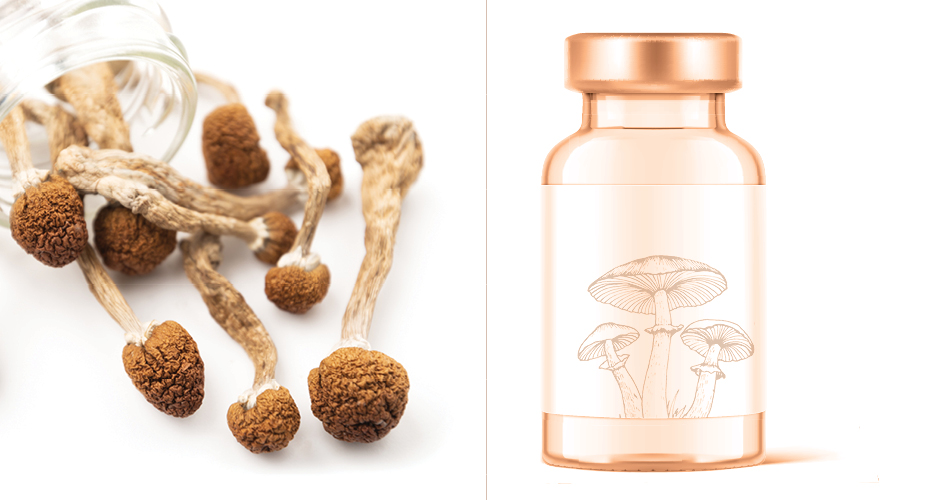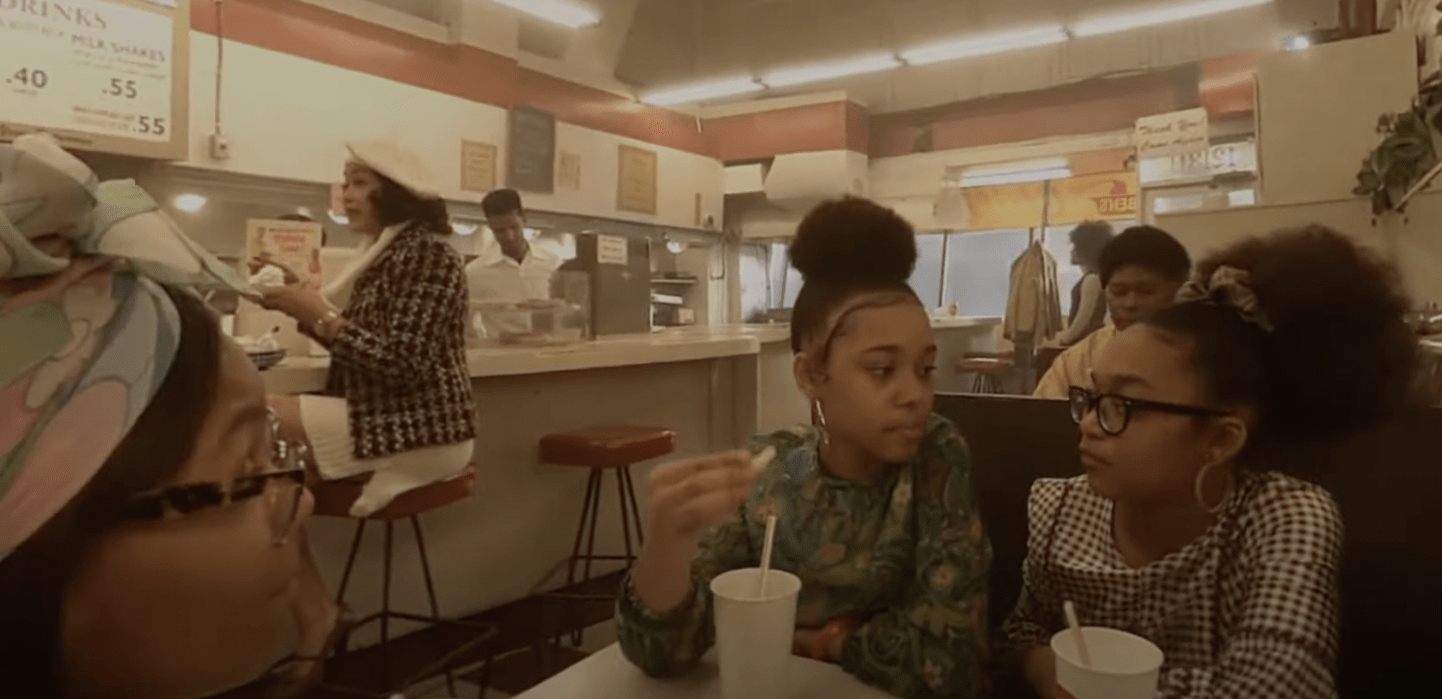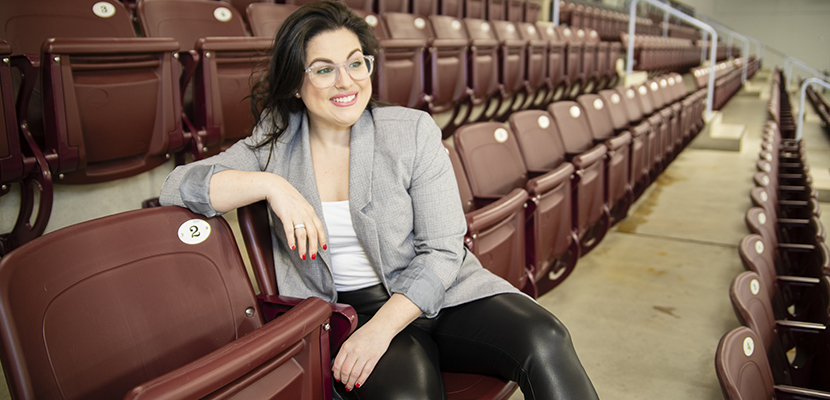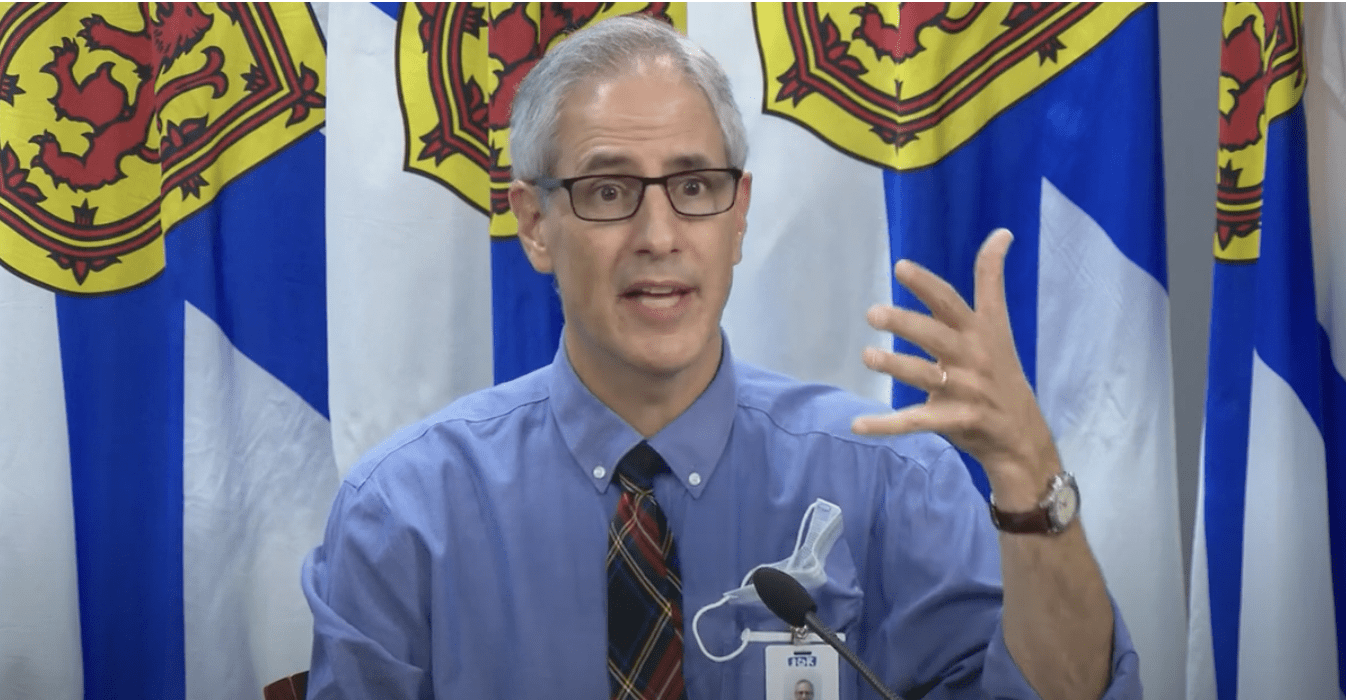Fair and unbalanced journalism

By Trevor J. Adams 24 April 2018 Share this story
I’m writing a story about math. First I interview a mathematician. She tells me 2 + 2 = 4. She points to her research, her firsthand experience, and expert consensus.
But balance is important for journalism, right?
I also interview a rogue citizen-mathematician. He mocks her conventional view. He argues she’s just parroting the establishment line. His counter theory is 2 + 2 = banana.
His research doesn’t make much sense. Reputable experts say he’s wrong. But he’s passionate, quick to shout down anyone who doesn’t accept his rogue math. Those naysayers are either uninformed naïfs or ivory-tower elitists. His social-media posts draw lots of support from other banana believers, who are quick to browbeat his doubters.
So, I include both views in the story. I write 500 words about how 2 + 2 = 4, and 500 words about how it actually doesn’t. I don’t worry about who is right. I stay majestically neutral. Established expert and angry outsider get equal play.
That’s balance, right?
It might be balance but it’s not fair.
Giving facts and fiction equal exposure is actually terrible journalism. If one side of a story has facts and hard science in their corner and the other side has naught but feelings and bombast, it’s unfair to give them equal play. Truth must take precedence.
Some journalists fall into the balance trap because it’s deceptively safe. You don’t need to consider who is right. Just give everyone an equal say, and no one can accuse you of bias. But that doesn’t help readers know the truth.
I’m thinking about these issues the day after getting into a long, and frankly stupid, Twitter debate.
In 2014, Richard Woodbury wrote a Halifax Magazine article about why we fluoridate water. There’s a huge stack of solid peer-reviewed science detailing the public-health benefits. Local experts are near unanimous in their support for fluoridation. Richard interviewed them and shared their views. He discussed the dissenting view but focused his story on facts rather than feelings.
Last month, an anti-fluoridation activist from Toronto saw the story and it outraged him. Rallying his followers (who resorted to name calling in about 30 seconds), he tweeted at me for hours. He couldn’t or wouldn’t understand why the vague feelings and questionable science of the anti-fluoride movement didn’t get equal play.
He demanded another story to trumpet his views. He saw a conspiracy. He suggested I wouldn’t let Richard write an anti-fluoride story because I was beholden to pro-fluoride advertisers. (I have no idea how advertisers feel about fluoride. It’s not my job to know. Advertisers don’t make our editorial choices.)
He railed at length about how the story omitted his opinions. He was right. He and his ilk didn’t get to share their view. We talked to the people who had objective science on their side. The story wasn’t balanced. Instead, it was fair, accurate, and truthful.
And we’re not publishing a follow-up because no matter how much you yell, 2 + 2 ≠ banana.
• • • • • • • •
Journalist Richard Woodbury returns to Halifax Magazine this month with “Out of the darkness.” Some 20 years ago, a violent young man terrorized Halifax. His brutality and craftiness shocked police. In this story, the police who worked the case talk with Richard, about how they eventually caught William Chandler Shrubsall.
We’re also pleased to have writer Priya Sam back this month. In “Fixing an old injustice” she looks at the long fight North Preston families have faced to get legal title to land they’ve lived on and maintained for generations.
This story was originally published in Halifax Magazine.
















